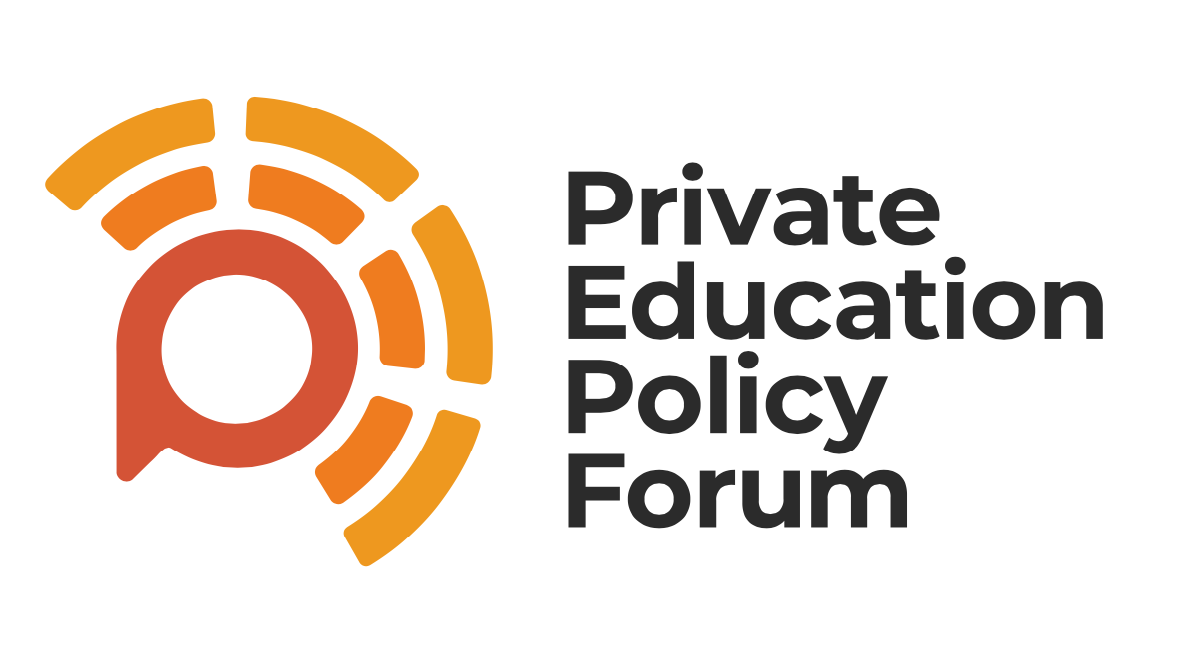
Title:
“The path from social origins to top jobs: social reproduction via education”
Authors:
Alice Sullivan, Sam Parsons, Francis Green, George Ploubidis and Richard Wiggins. British Journal of Sociology (2018), 69(3) 776-798.
What’s it about?
It is well known that there is strong link in Britain between the social class that people are born into and the types of jobs they have in their adult lives. Those from families with parents doing managerial or professional jobs are more likely to do well.
It’s called social immobility! This study looks at the part played by education, including private schooling, in channelling and fostering this link.
It argues that the effects of education are only shown in full when, not just the level but the different types of education are taken into account.
Methodology
This is a quantitative study of a nationally representative sample of 7,102 people born in 1970, drawn from the “British Cohort Study”, who were at secondary school during the 1980s.
It uses statistical methods to investigate the factors that affect their chances of being in the ‘top’ social class when they were interviewed in 2012 at the age of 42.
The ‘top’ social class is defined as having both high incomes and being in a position of some power and control in the occupational hierarchy: they include large employers, higher managerial occupations such as CEOs and senior police officers, and higher-paid professional occupations such as lawyers and doctors.
Key findings
- High parental social class significantly increases the chance of attaining a top job at age 42
- This link between people’s social class upbringing and the attainment of a top job is wholly accounted for by education channels. There were no significant additional factors.
- One of the important educational milestones along the way to the attainment of a top job is whether or not they were at a private secondary school – in particular, at a non-elite school.
- Other important educational factors include cognitive attainment at age 10, the level of qualifications achieved by the time of adulthood, the status of the university attended and the subject taken.
Limitations
While this is a comprehensive analysis that takes into account many other background variables, it focuses only on the ‘top’ social class, and only on one particular generation.
Since this cohort was at school, private school fees have risen by a factor of three in real terms and the resource gap between private and state schools has widened considerably.



